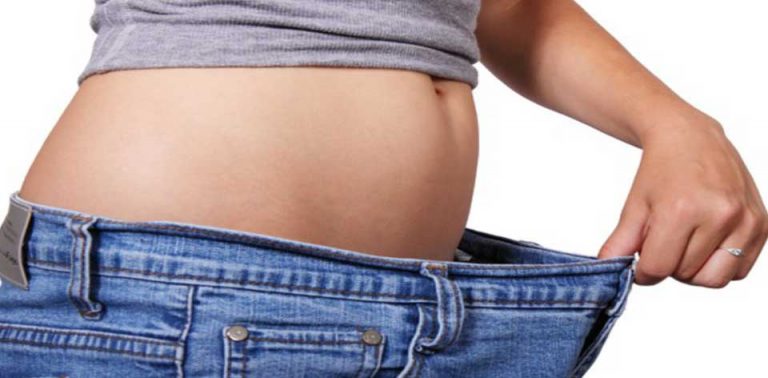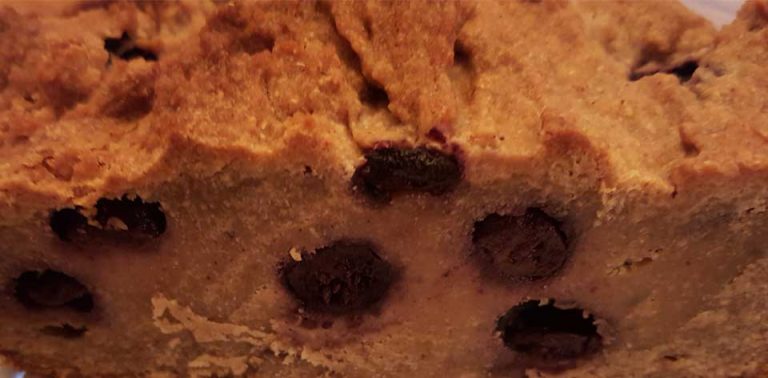Introduction
When you cook at home, you have maximum control over your food intake and can be certain that your carbohydrate, protein, and fat intake is in balance. Dining out is another story, especially if you have certain dietary concerns.
Below are some tips to help you decide what and where to eat to get the best bang for your health when you dine out.
14 Eat Out Dos and Don’ts
- Avoid most all fried foods. Fried potatoes, fried onions, chicken-fried steak or anything cooked in a heavy dose of oil should be avoided unless you are certain the they use olive, palm, avocado, or coconut oil. Unless you’re eating in a health-specific restaurant, the oil they use will most likely be canola or corn, neither of does anything positive for your health.
- Stay away from cream sauces unless they are made from real (full fat) cream or butter (not margarine. A widespread myth is that eating fat makes you fat when, in reality, eating hydrogenated products like margarine and sugars are what packs on the pounds and are responsible for a wealth of health problems.
- Be leery of appetizers as most of them are loaded with bad-for-oil vegetable oils (see #1 above), sugars and other garbage!
- A main course consisting of grilled chicken, ground beef or steak are safe bets even though they will rarely come from the healthiest grassed raise sources.
- Avoid anything breaded especially if you’re trying to eat gluten-free. Wheat is most commonly used for breadcrumbs, which are normally fried in one of the bad-for-you vegetable oils (see #1).
- Don’t indulge in the bread basket unless you don’t mind getting your share of gluten. It’s only the rarest of restaurants that feature gluten free breads. Usually you’ll end up consuming wheat, GMO soybean oil, and various chemical dough conditioners, all of which you can live without.
- For a side dish, steamed vegetables are a safe choice. If you like them with butter, be sure to request that they use real butter as the vast majority of restaurants use margarine, which is one of the worst so-called “diet” foods man has ever produced!
- Opt for broth-based soups rather than creamy varieties but realize that you may be consuming msg (monosodium glutomate), which isn’t a huge concern providing you aren’t allergic to it (the most common symptom is a headache) and you only eat it once in a blue moon!
- If you like the fancier salad dressings like ranch or blue cheese, you will most likely be eating GMO canola and/or soybean oils as these are often used in place of more costly fresh whole milk and cream. A healthier choice would be to opt for oil and vinegar and ask for it in separate containers so you can mix it on your salad yourself.
- Realize that the fancier your salad, the less control you have over what you’re eating. If it bothers you, ask for the toppings to be kept separate from the salad greens and mix them yourself.
- If you’re a fan of Chinese food, aside from choosing a restaurant that doesn’t use msg, know that you’ll be eating soybean oil and other bad-for-you vegetable oils (refer to #1). One thing you can do is ask for light sauce when ordering stir fry dishes. Most chefs add way too much sauce.
- Desserts often look great but are terrible for your health, which isn’t a problem if you are healthy and don’t indulge very often. But your healthiest bet for dessert is a mix of fresh fruit and, if you want it a little fancy, go ahead and ask them to top it with some whip cream.
- Always drink water in place of sugary beverages. That way, you can afford to cheat a little more when ordering dessert!
- Many restaurants serve two or three times as much as an actual serving, especially for pasta dishes so, rather than force it, ask for a doggy bag and enjoy it again the next day.
The Bottom Line
These quick tips will help you feel comfortable and confident when you eat out, even on a diet. Make sure that you keep these suggestions in mind as you look through the menu and decide what to order.







